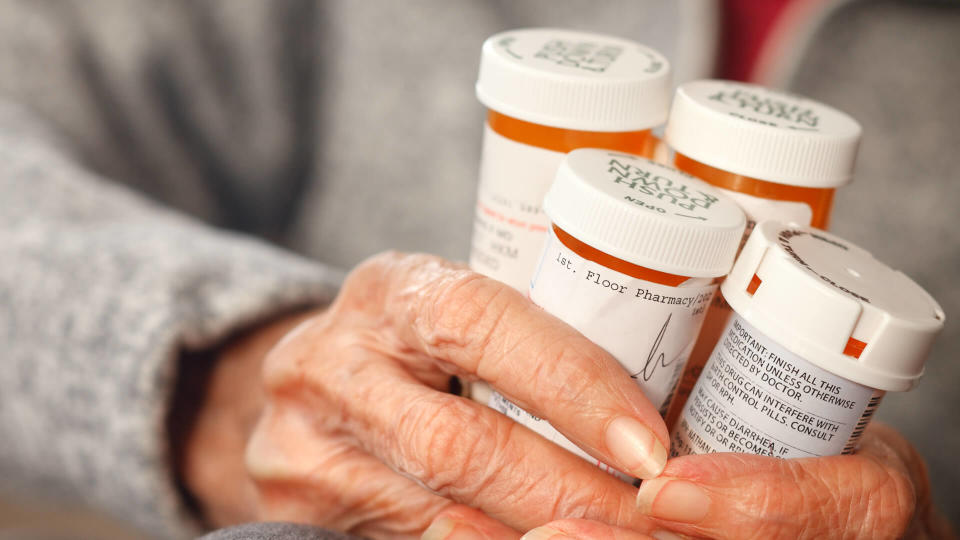Medicare Enrollment: Out-of-Pocket Prescription Costs Included in the Inflation Reduction Act of 2022

If you’re a Medicare recipient, you’ll soon get your one chance every year to review your coverage and make changes. That chance comes during the annual Medicare Open Enrollment period, which begins on Oct. 15, 2022, and ends on Dec. 7.
See: What Is the Highest Income for Food Stamps in 2022?
Inflation Relief Checks: When Will You Get Yours?
Among the plans you might want to consider changing is Medicare Part D, which covers prescription drugs. The AARP advises using the open enrollment period to see if the medications you take are still covered under your current Part D plan. You should also check which pharmacies are preferred by your current plan, and whether those pharmacies are still the most convenient.
During this year’s open enrollment period, changes to out-of-pocket prescription costs under the Inflation Reduction Act of 2022 should be taken under consideration. Currently, Medicare recipients who reach $7,050 or more in out-of-pocket spending on prescription drugs enter a “catastrophic” coverage level and will owe 5% of any costs above that level, according to AARP.
But thanks to the Inflation Reduction Act, beginning in 2024 people with catastrophic drug costs will not have any additional out-of-pocket costs once they’ve reached the threshold. Starting in 2025, out-of-pocket prescription drug costs will be capped at $2,000 year.
The new rules could end up saving recipients a lot of money, Under the current law, the catastrophic threshold is based on the amount beneficiaries themselves pay out-of-pocket, plus the value of the manufacturer discount on the price of brand-name drugs in the coverage gap phase, according to the Kaiser Family Foundation.
As KFF noted, capping out-of-pocket drug spending under Medicare Part D will be especially helpful for Medicare beneficiaries who take high-priced drugs for conditions such as cancer or multiple sclerosis.
For example, in 2022 Part D enrollees without low-income subsidies averaged annual out-of-pocket spending of $6,200 for the Revlimid cancer drug (used by 33,000 beneficiaries), $5,700 for the Imbruvica cancer drug (used by 21,000 beneficiaries) and $4,100 for the Avonex MS drug (used by 2,000 beneficiaries).
Discover: 6 Types of Retirement Income That Aren’t Taxable
More: How Much Does a Person on Social Security Make?
The law also limits cost sharing for insulin to $35 per month for people with Medicare beginning in 2023. This includes covered insulin products in Medicare Part D plans as well as insulin furnished through durable medical equipment under Medicare Part B. KFF estimates that millions of Medicare Part D enrollees spent an average of $54 per insulin prescription that year, meaning the new cap will save them nearly $20 per prescription.
More From GOBankingRates
Here's How Much Cash You Need Stashed If a National Emergency Happens
Looking To Diversify in a Bear Market? Consider These Alternative Investments
This article originally appeared on GOBankingRates.com: Medicare Enrollment: Out-of-Pocket Prescription Costs Included in the Inflation Reduction Act of 2022
